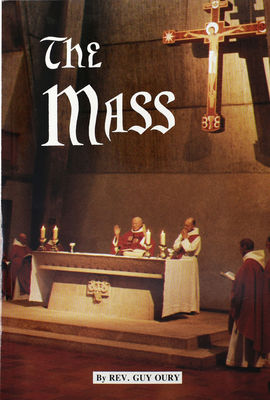

Dessau state prosecutors' files leaked to public broadcaster ARD in 2017 revealed that several forensic experts had concluded that a killing was more likely than a suicide, and that Jalloh was either dead or unconscious when the fire was lit.


The circumstances of Jalloh's death have long been seen as suspicious. I think visually you can see that the damage is fairly similar." Official explanations "I think the filmmakers and the initiative did an amazing job of recreating the cell and recreating the mattress, recreating the conditions," Peck told DW. Peck concluded that Jalloh, who had been shackled by his hands and feet to a small platform with a mattress, "had neither the range of motion nor any other means of setting the mattress on fire himself." Not only that, smoke residue on the walls of the cell and in the corridor outside showed that the cell door must have been open for most of the 30 minutes that the fire burned. Peck could not say for sure whether more or less liquid, or a different type of liquid, was used, but said it was impossible to cause this kind of fire with a lighter, which remains the official explanation of the death. The investigators found they could only recreate the previously documented aftermath of the fire – the almost completely burnt body, the heavy smoke residue left on the tile walls – by pouring 2.5 liters (5.3 US pints) of gasoline over the dummy. Activists are convinced that the killing in Dessau was racially motivated Image: picture-alliance/dpa/S. The reconstruction was the most accurate yet of the events in cell 5 at the Dessau police station on January 7, 2005. It involved both a movement test with a young man of similar height and build to Jalloh, to see how far he could move his shackled arms and legs in a carefully reconstructed cell, and a restaging of the fire itself, using a dummy made out of a plastic skeleton covered with pork, offal, and pigskin. Jalloh's brother Saliou spoke at the beginning of the event, but could not continue for long before breaking down in tears. The experiment, commissioned by the Oury Jalloh Initiative and carried out by British forensic scientist and fire specialist Iain Peck, was shown on film at a press conference in Berlin on Wednesday.Īctivists have come to see Jalloh's death as one of the most egregious cases of Germany's failure to confront racist police violence, and the emotional toll of the 16 years of legal battles and campaigning was evident at the press conference.

German police officers must have poured gasoline or another ignitable liquid on Oury Jalloh and set him on fire while he was in his cell, according to investigators who mounted a new reconstruction of the 36-year-old Sierra Leonean's death in the eastern German city of Dessau in 2005.


 0 kommentar(er)
0 kommentar(er)
